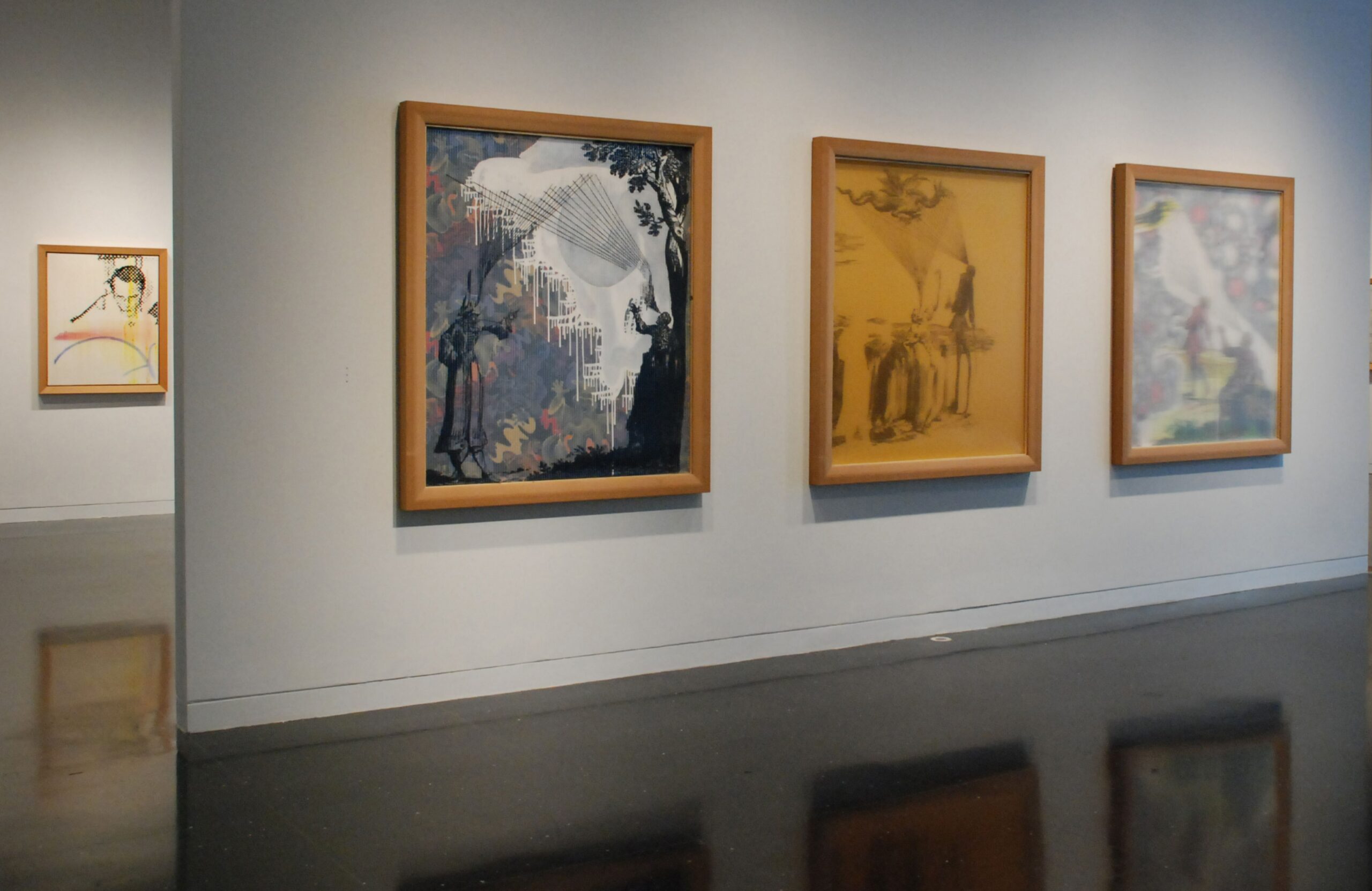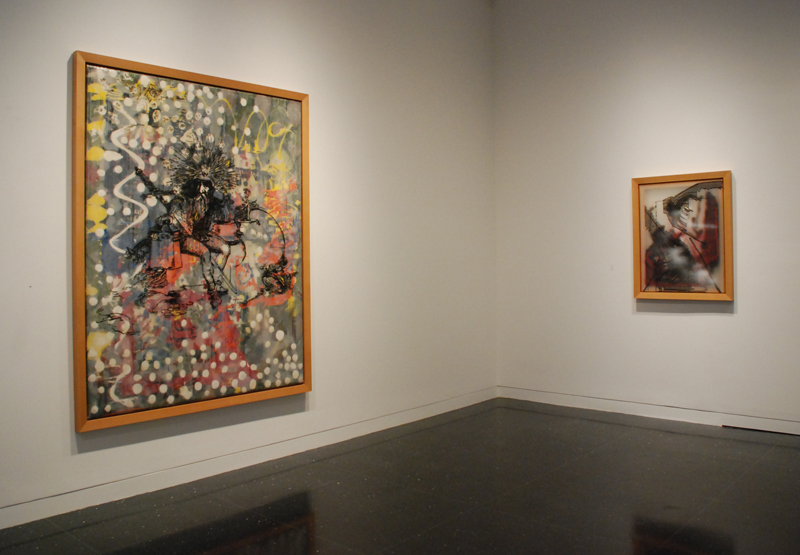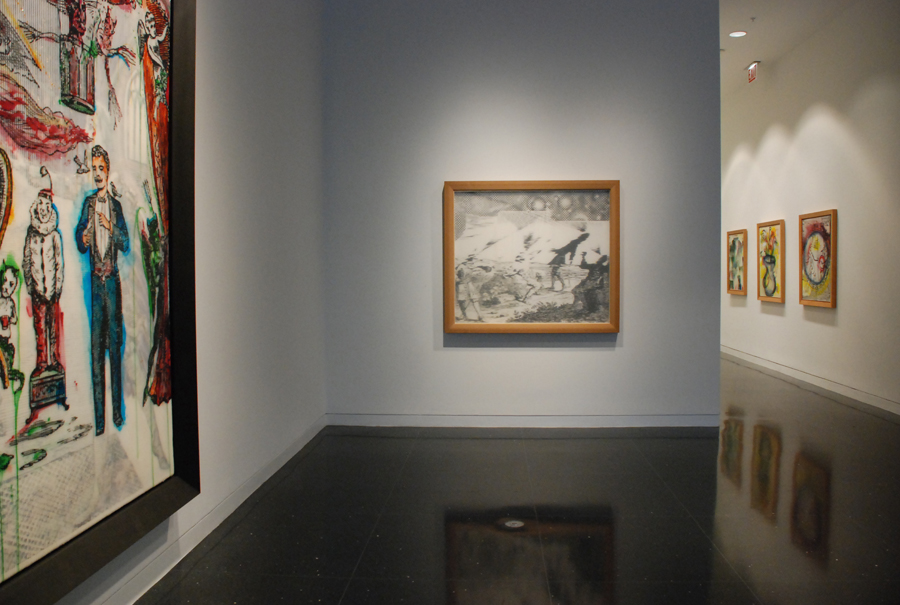Sigmar PolkeLens Paintings
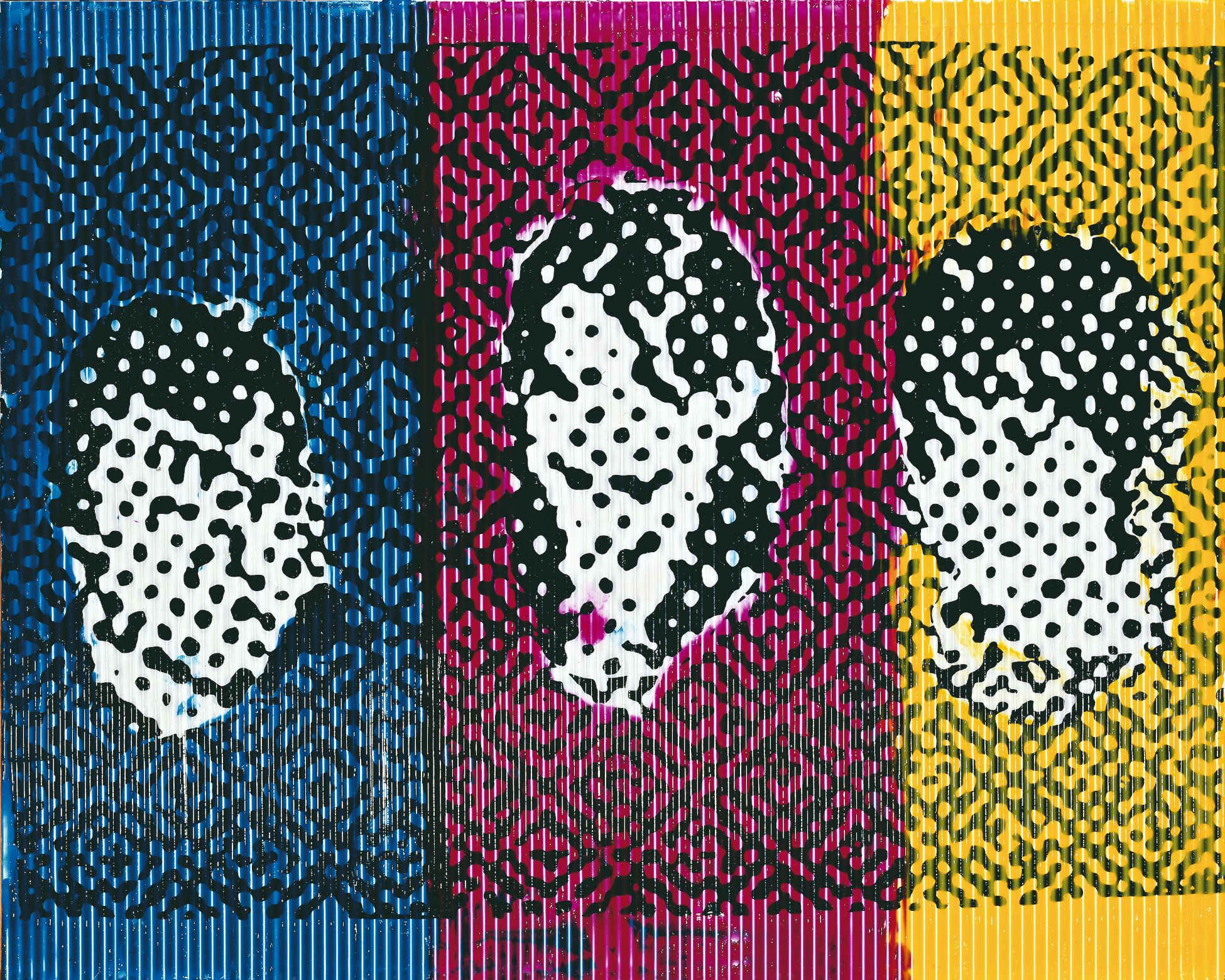
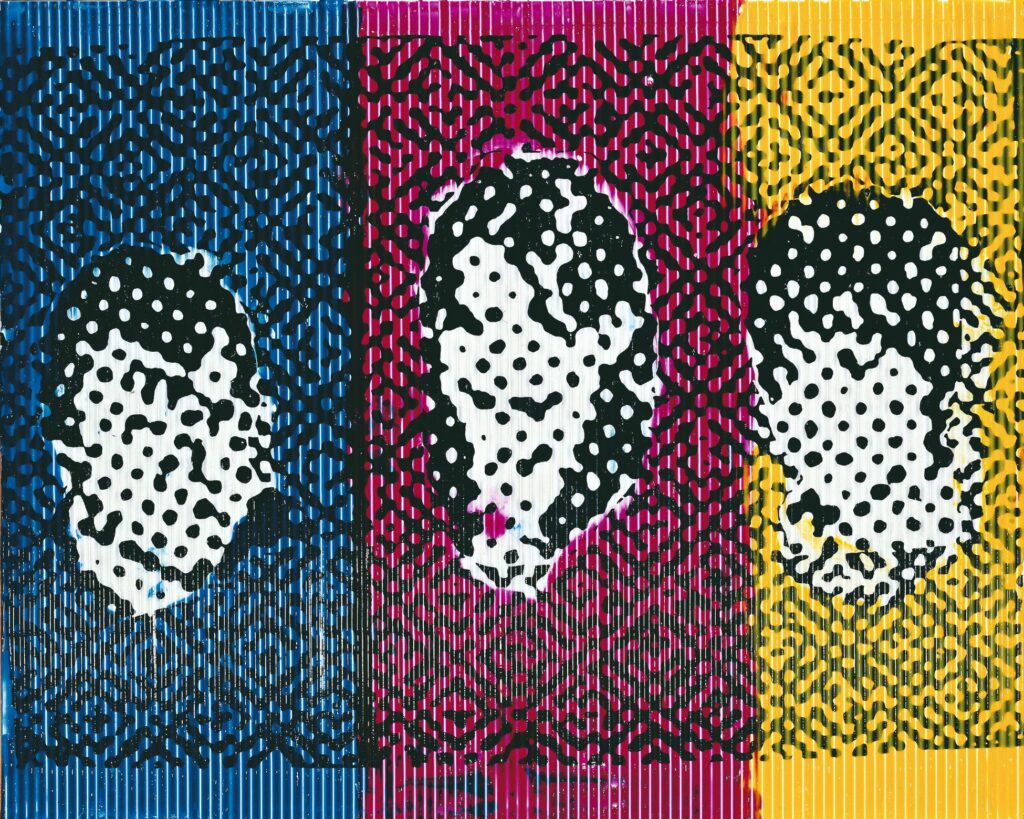
Past exhibition
Sigmar Polke Lens Paintings
About the Exhibition
The Arts Club of Chicago is pleased to announce the exhibition Sigmar Polke: Lens Paintings. The paintings were first exhibited at the Museum für Gegenwartskunst in Siegen, Germany, on the occasion of the Rubens Prize in 2007. Polke is the 11th recipient of the prize, which was begun in 1955 in recognition of the Flemish painter and Siegen native Peter Paul Rubens (1577–1640). The award is given every five years to a European painter with significant achievements and ties to the community.
Sigmar Polke (b. 1941, Oels/Schlesien, East Germany; d. 2010, Cologne, Germany) is one of the most important artists of the post-war generation. The Lens Paintings signal a new phase of development for an artist whose career is characterized by more than 40 years of radically inventive painting. The conceptual framework of these paintings is found in theories set forth by Johann Zahn in his 1658 book, Oculus artificialis teledioptricus, sive telescopium (The Teledioptric Artificial Eye, or Telescope). Zahn, a monk in the Premonstrate Order, was a leading figure in the development of the camera obscura, and his “teledioptric artificial eye,” was a precursor to the telephoto lens. According to Zahn, every luminous object in the universe varies in appearance depending on the viewer’s position. Polke’s interest in this idea was first manifest in the artist’s commission for the reopening of the Reichstag in Berlin, for which he created a series of large lenticular images. Lit from behind, the grooved surfaces of these light boxes changed as one moved past them. This led Polke to devise a system to create, in paint, a corrugated, refractive surface that mimics an industrially manufactured lenticular lens. This painted “lens” generates a variety of distortions, mutations, and spatial illusions when seen from different viewpoints.
The 24 Lens Paintings, and 10 new paintings from Polke’s studio, are being shown for the first time outside of Siegen, Germany. The exhibition is traveling from Galerie Michael Werner, Berlin (1 November–20 December 2008) and continuing to Michael Werner Gallery, New York (29 April–29 June 2009). A full-color catalogue with an essay by Chrissie Iles, Anne & Joel Ehrenkranz Curator of Contemporary Art at the Whitney Museum of American Art, New York, is available.
About the Artist
Sigmar Polke, along with fellow artist and countryman Gerhard Richter, is credited with the creation of “Kapitalistischen Realismus” (Capitalist Realism), the German version of American Pop Art, initiated during the opening of the 1963 exhibition Demonstrative Ausstellung in Düsseldorf. Their relationship was a building block of Polke’s early affinity for routinely changing the rules by which he painted. Polke’s unconventional style has been enhanced through his use of multi-layered surfaces and the use of household materials, chemicals (arsenic, iron oxide), and lacquer.
Polke currently lives and works in Cologne, Germany. He studied at the Düsseldorf Art Academy under Karl Otto Goetz and Gerhard Hoehme. He was awarded the Young Germans award in 1964 and received the prize for painting at the XIII Bienal de Sao Paulo in 1975. Polke was honored with the “Golden Lion” at the 42nd Venice Biennale in 1986, the 1987 Lichtwark Prize in Hamburg, Germany, and the 1994 Erasmus Prize in Amsterdam. Selected solo exhibitions include Sigmar Polke, Corcoran Gallery of Art, Washington, DC (1996); Sigmar Polke: Works on Paper 1963–1974, The Museum of Modern Art, New York (1999); Sigmar Polke. History of Everything: 1998–2003, Tate Modern, London (2003); Venice Biennial’s 52nd International Art Exhibition, Venice, Italy (2007); and Sigmar Polke: Photographs 1968–1972, Getty Museum, Los Angeles (2007).
